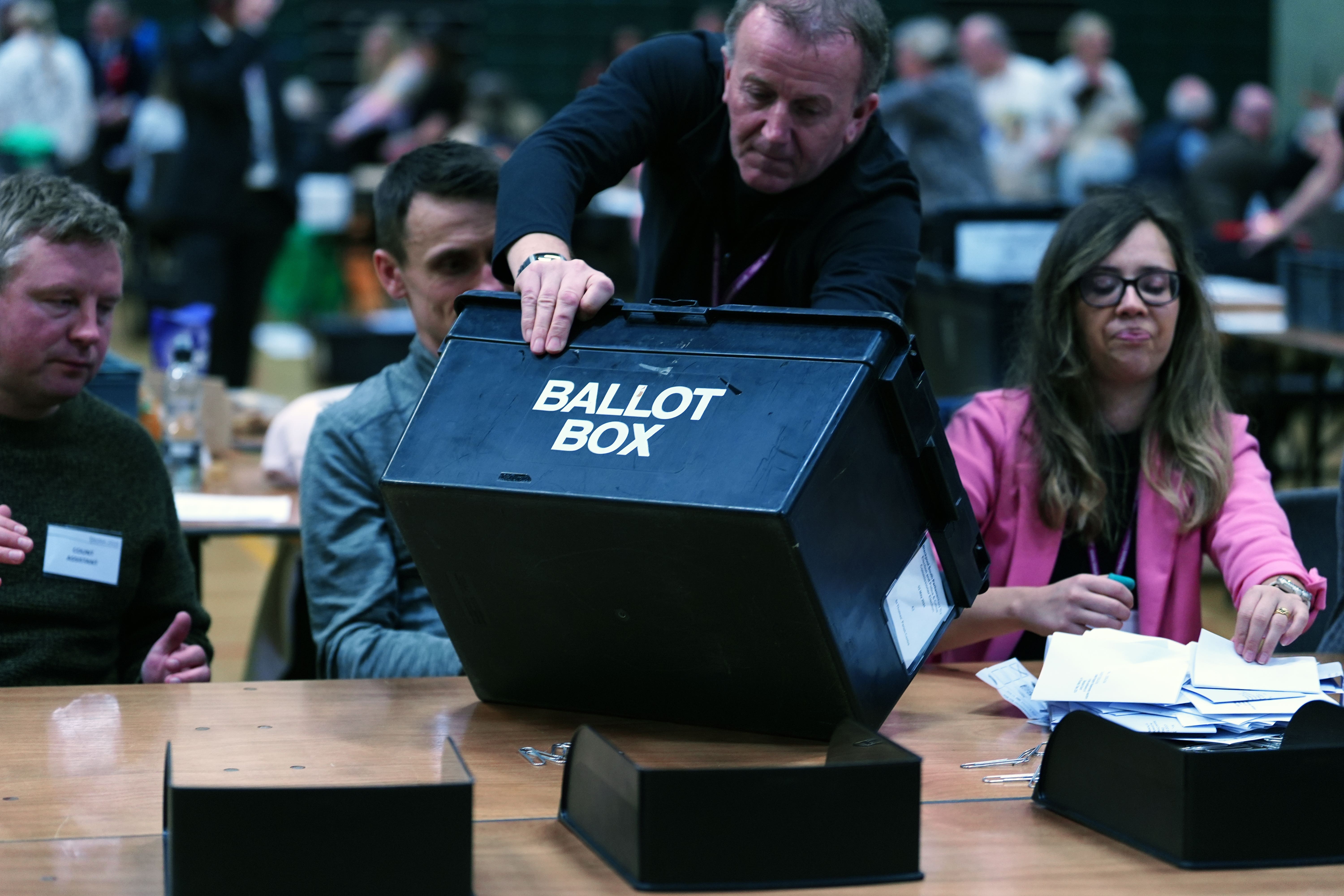Turnout at UK general elections: What are the key figures and trends?
The highest ever turnout at a general election since the Second World War was 83.9% in 1950.

Turnout at UK general elections so far this century has been below levels seen in previous decades, falling at the 2019 election for the first time in nearly 20 years.
Here, the PA news agency looks at some of the key turnout figures and trends in recent history.
– What was the turnout at the last general election?
Some 67.3% of people who were registered to vote in the 2019 general election cast a ballot.
– How does this compare with recent elections?
The 2019 figure was down by 1.5 percentage points from 68.8% in 2017.
It was the first time in four successive general elections that turnout had fallen.
The figure had previously been on a slow upwards trend, after slumping in 2001 to 59.4% – the lowest turnout at a general election since the Second World War.
– Why was turnout so low in 2001?
The academics David Butler and Dennis Kavanagh, writing in their study of the 2001 general election, listed several possible reasons for the low turnout, including the result being a foregone conclusion (every opinion poll put Labour well ahead); a largely uneventful campaign; a decline in the status of politicians in the eyes of voters; and a sense of there being little difference between the parties on the big issues of the day.
– What is the highest turnout on record?
The highest ever turnout at a general election since the war was 83.9% in 1950, according to figures compiled by the House of Commons Library.
This election saw Clement Attlee’s Labour government returned to power on a hugely reduced majority, cut from 147 in 1945 to just five.
The second highest turnout came a year later, in 1951, at 82.6%.
Mr Attlee’s government lost this election, being replaced by a Conservative administration led by the former wartime prime minister Sir Winston Churchill, with a majority of 16.
– What is the long-term trend in turnout?
Turnout remained above 75% at every post-war general election until 1970, when it dipped to 72.0%.
This election saw the Conservative Party led by Sir Edward Heath win a surprise victory, denying Labour, led by Harold Wilson, a third successive term in office.
Turnout then stayed above 70% at every election until plunging to 59.4% in 2001, since when it has never been above 70%.
– Does turnout go up when the election is particularly important?
There is no pattern to the spikes in turnout since the war, or evidence of a repeated surge in turnout at elections of particular significance.
For instance, at both the 1997 general election – which saw Labour win a landslide victory after 18 years in opposition – and the 2019 election – held amid the turmoil of Brexit negotiations – turnout was lower than at the preceding election.
– How does turnout vary across the UK?
At the 2019 election, turnout was highest in south-west England (72.0%) and south-east England (70.2%), and lowest in Northern Ireland (61.8%) and north-east England (64.2%).
The difference was even greater among constituencies, with the highest turnout in the seats of Dunbartonshire East (80.3%), Richmond Park (78.7%) and Rushcliffe (78.5%), and lowest in Hull East (49.3%), Chorley (51.0%) and Hull West & Hessle (52.1%).
– Do we know how turnout differs by age?
There are no official figures for turnout by age group.
Any data on turnout by age is based on surveys that are conducted by polling companies.
Ipsos has produced estimates of turnout for every general election since 1979, using people’s answers to pre-election surveys during the campaign.
At the 2019 general election, Ipsos estimated turnout to be highest among people aged 65 and over (74%) and lowest among 18 to 24-year-olds (47%).
Bookmark popover
Removed from bookmarks